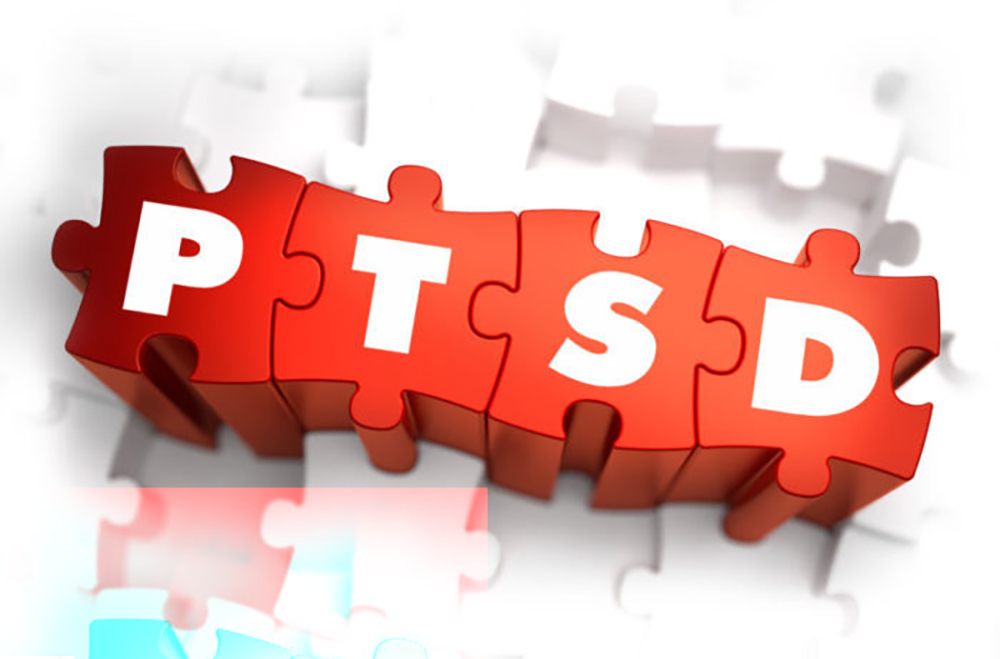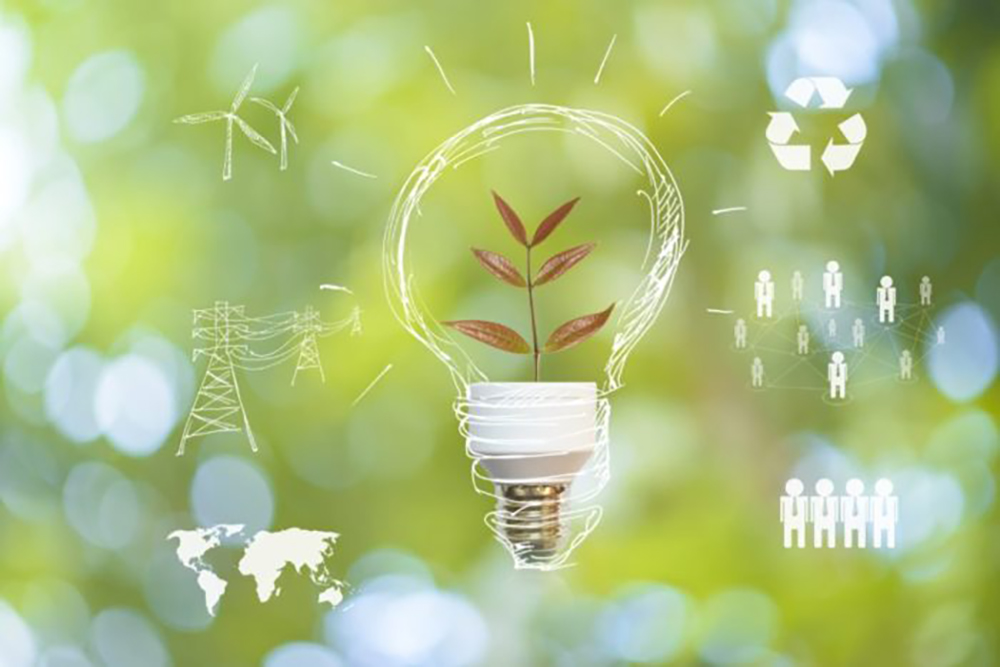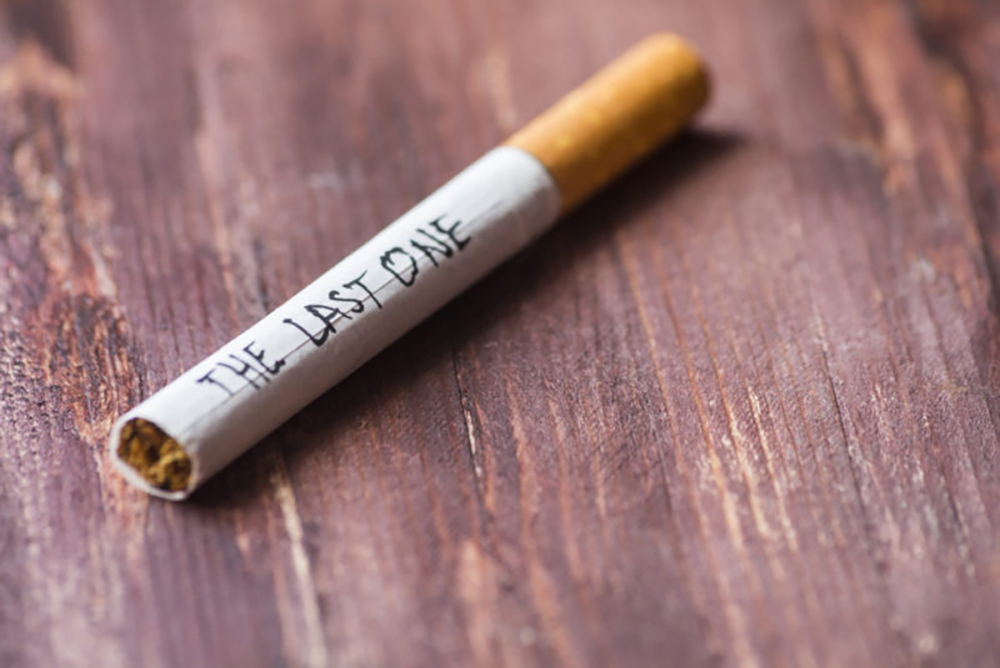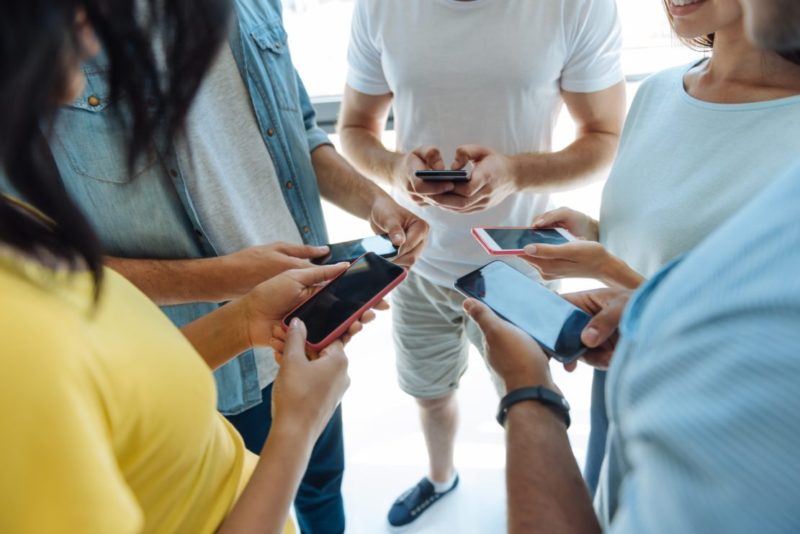PTSD Awareness Day
The National Center for PTSD promotes awareness of PTSD and effective treatments throughout the year. Starting in 2010, Congress named June 27th PTSD Awareness Day.
Post-Traumatic Stress Disorder (PTSD) is a disorder that develops in some people who have experienced a shocking, scary, or dangerous event. PTSD can happen to anyone at any age and includes war veterans, children, and people who have been through physical or sexual assault, abuse, accident, disaster, or other serious events. According to the National Center for PTSD, about 7 or 8 out of every 100 people will experience PTSD at some point in their lives. Women are more likely to develop PTSD than men, and genes may make some people more likely to develop PTSD than others. PTSD happens after traumatic events that cause people to have painful memories. For many people, the effects of the traumatic fade over time, but others are unable to make the thoughts and feelings go away even months or years after the event has occurred.
PTSD symptoms usually start immediately after the traumatic event:
The U.S. Department of Veteran Affairs has a list of symptoms for PTSD:
- Reliving the event (also called re-experiencing symptoms). You may have bad memories or nightmares. You even may feel like you’re going through the event again. This is called a flashback.
- Avoiding situations that remind you of the event. You may try to avoid situations or people that trigger memories of the traumatic event. You may even avoid talking or thinking about the event.
- Having more negative beliefs and feelings. The way you think about yourself and others may change because of the trauma. You may feel guilt or shame. Or, you may not be interested in activities you used to enjoy. You may feel that the world is dangerous and you can’t trust anyone. You might be numb, or find it hard to feel happy.
- Feeling keyed up (also called hyperarousal). You may be jittery or always alert and on the lookout for danger. Or, you may have trouble concentrating or sleeping. You might suddenly get angry or irritable, startle easily, or act in unhealthy ways (like smoking, using drugs and alcohol, or driving recklessly.
Below is a list of PTSD screens, that is, brief questionnaires that may identify people who are more likely to have PTSD.
For each measure, a brief description, sample items, versions, and references are provided. Information on how to obtain the measure is also provided.




